As the global space community eyes Sydney for the International Astronautical Congress (IAC) in September, the news cycle so far in May reveals a sector balancing bold ambition with strategic recalibration.
From launchpads in Queensland to policy shifts in Asia and NASA leadership in the US, the space industry is deep in delivery mode — preparing missions, refining partnerships, and exploring possibilities in space-adjacent industries like biotech.
Advancements in Exploration and Launch Capabilities
Space programs across multiple continents are ramping up activity, with both government and commercial players preparing for new orbital milestones. This week’s updates reflect increasing global capacity in launch systems and lunar mission readiness.
- Gilmour Space Technologies in Queensland announced a new launch date for its first sovereign orbital launch mission — a milestone for Australia’s space capabilities. Its Eris rocket is a three-stage orbital vehicle and the first to be almost entirely Australian-designed and manufactured. Source: SpaceConnectOnline
- Lockheed Martin completed the Orion crew module for NASA’s Artemis II mission, progressing towards lunar orbit return goals. NASA Administrator nominee Jared Isaacman, is cited as backing the mission in which the Australian Space Agency is also deeply involved. Source: SpaceConnectOnline
- India’s Gaganyaan mission has been postponed to early 2027 to ensure crew safety and system reliability. Source: Space & Defence (IAC 2025 Media Partner)
- SpaceX received FAA approval to increase the frequency of its Starship launches from Texas. Source: SpaceDaily
- Japan’s ispace successfully placed its Resilience lunar lander into orbit, aiming to land in early June — a breakthrough for commercial lunar ambitions. Source: AP News
Policy Shifts and Strategic Initiatives
This week revealed how national strategies are evolving in response to the rapidly expanding space economy. From regulatory approvals to budget debates, space policy is under active development across multiple jurisdictions.
- The Western Australian Government opened EOIs for space companies to join its IAC 2025 delegation.
- The proposed 2026 NASA budget indicates cuts to lunar programs in favour of Mars initiatives. Source: USNews
- Jared Isaacman advanced in his nomination as NASA Administrator, citing prioritisation of American astronauts to Mars and the Moon.
- Sources: ARSTechnica, SpaceConnectonline.com.au, MSN, The Hill, Space & Defense (IAC 2025 Media Partner)
- India granted conditional approval for Starlink internet services, expanding LEO utility in national infrastructure. Source: Reuters
- The China National Space Administration announced plans to build a space traffic management system amid increasing orbital congestion. Source: MoneyControl
Integration of Technology and Human Endeavour
From robotic rovers to orbital solar power and reusable vehicles, headlines so far in May highlight the interplay between innovation, sustainability, and long-term human presence in space.
- The ELO2 rover team will speak at the Australian Space Summit showcasing national robotics capability. IAC2025 host, Space Industry Association of Australia (SIAA) is a proud supporting Partner for the Australian Space Summit (27-28 May).
Source: SpaceConnect, article by Adam Thorn, 5 May 2025 - Japan’s space-based solar power test aims to demonstrate orbital energy transmission — a leap toward renewable solutions in space.
Source: USA SolarCell, article by Oliver Townsend, 8 May 2025 - South Korea advanced strategic plans including reusable launch vehicles aligned with ambitions of the Korea AeroSpace Administration’s (KASA) to join the top tier of global space powers. Source: Spacenews.com, by Andrew Jones
Space-Adjacent Innovations: Food, Agritech & Microgravity Research
Food systems, biotech, medical research and sustainability solutions are examples of critical enablers for deep space exploration. This month’s news point to a surge in Earth-to-orbit R&D collaboration across adjacent industries, a key collaborative focus for IAC 2025 Sydney.
- Mission MushVroom, led by Australia’s FOODiQ Global, launched to test the cultivation of oyster mushrooms aboard a SpaceX mission.
Source: Food & Wine, by Stephanie Gravalese, 6 May 2025 - Group Captain Shubhanshu Shukla is set to become the first Indian astronaut to conduct space farming experiments on the ISS as part of the Axiom Mission-4 launching 29 May 2025. The experiments are part of the Indian Space Research Organisation (ISRO)’s bio-regenerative agriculture initiative and will trial the growth of green gram (moong) and fenugreek (methi) seeds in microgravity.
Source: India Today, by Kshitija Ghanshyam Gosavi, 7 May 2025 - Europe’s Lunar Hatch aquaculture project sent sea bass eggs into orbit to assess sustainable protein production in lunar environments. The project is led Dr Cyrille Przybyla, a researcher in marine biology for the French National Institute for Ocean Research (IFREMER). He’s cited in The Guardian saying, “Should the world’s space agencies decide to build a moon base, Lunar Hatch will be able to put sea bass on the menu at least twice a week”.
Sources: BBC UK and The Guardian - NASA’s APEX-12 experiment is studying how space radiation affects plant gene expression. The research is being done as part of the SpaceX CRS-30 mission and could accelerate development of resilient crops for deep-space agriculture.
Source: NASA News, article by Abby Graf, 5 May 2025
Engage with the IAC 2025 Community
Did we miss any big news? Connect with us on LinkedIn or Twitter using the hashtag #IAC2025, and tag us anytime @IAC2025. You’re welcome to share news stories and insights with the IAC community via comments.
For more information and updates, visit iac2025.org.

